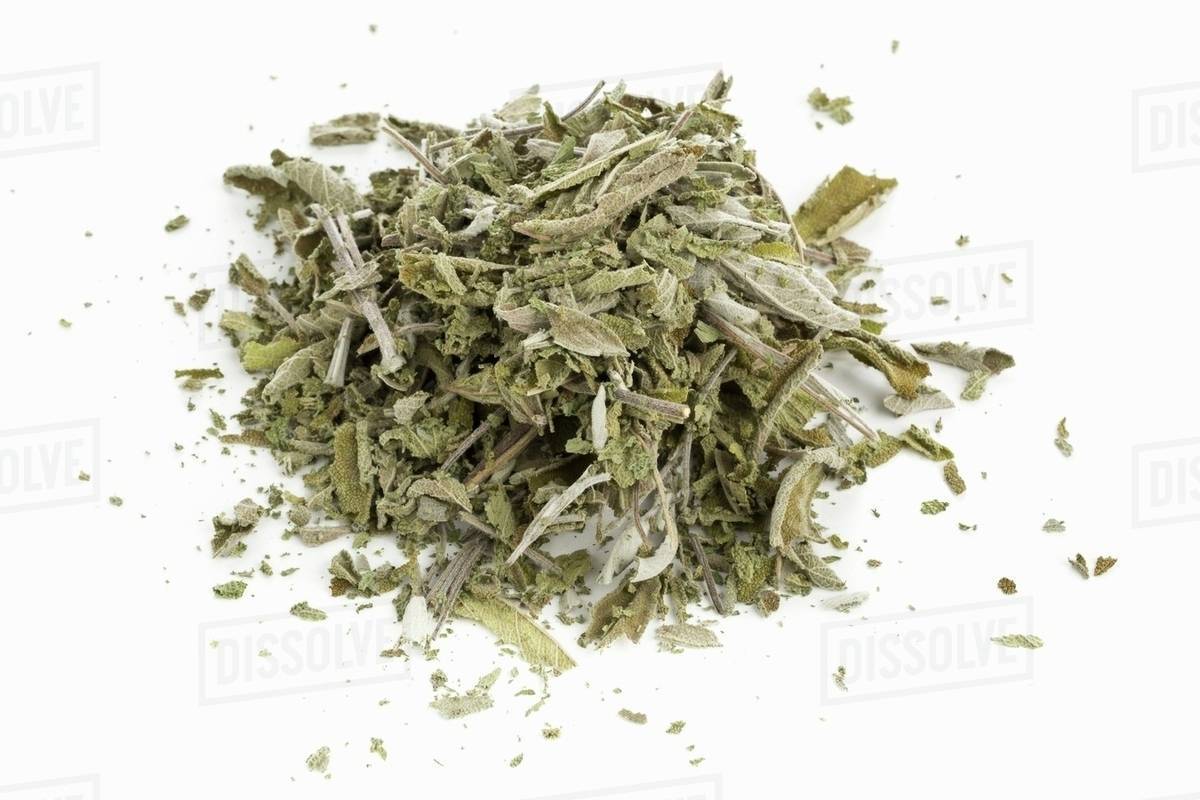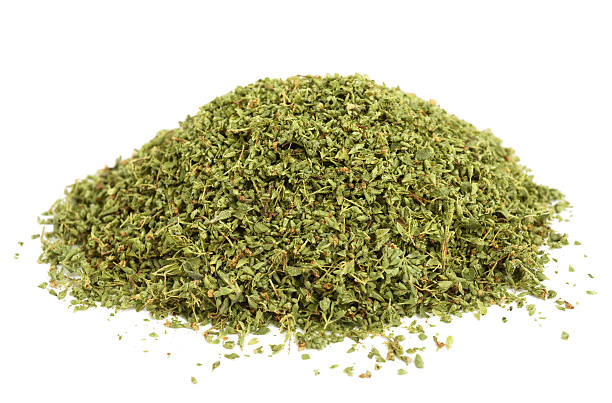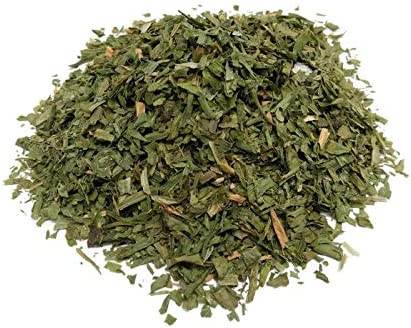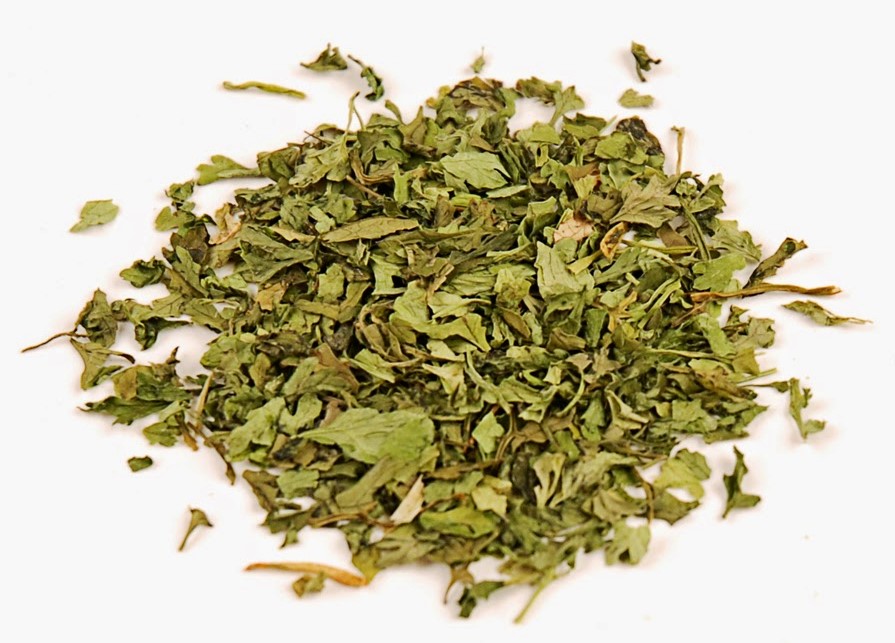Sage

Botanical Name: Salvia officinalis
Also called common sage or garden sage, aromatic herb of the mint family (Lamiaceae) cultivated for its pungent edible leaves.
Sage is native to the Mediterranean region and is used fresh or dried as a flavoring in many foods, particularly in stuffings for poultry and pork and in sausages.
Some varieties are also grown as ornamentals for their attractive leaves and flowers. Several other species of the genus Salvia are also known as sage.
Oregano

Botanical Name: Origanum vulgare
Oregano (Origanum vulgare) is a sprawling woody shrub which can grow up to 1 m tall. Popularly used as culinary herb in Italian cuisine, dried Oregano leaves are also used in traditional medicine for treating colds, indigestion and upset stomach, because of the high carvacrol and thymol content naturally found within its essential oil. The plant is easy to care for, best grown in full sun and well-drained soil.
Chives

Botanical Name: Allium schoenoprasum
Chives are a green vegetable with a mild onion-like flavor. They are in the Allium genus, which also includes garlic, onions, and leeks. People have cultivated allium vegetables for centuries for their characteristic pungent flavors in cooking and their medicinal properties.
Chives contain nutrients that are important for sleep and bone health. Some research has also linked the chemicals in chives and other allium vegetables with anticancer effects.
Chervil

Botanical Name: Anthriscus cerefolium
Chervil is a delicate culinary herb used frequently in French cuisine. It is a member of the parsley family with a mild flavor. This spring herb is often used in egg dishes. It is sometimes called French parsley.
Because of its delicate flavor, chervil is usually included in recipes, such as salads and soups, where it will not be overpowered by the other flavors.
Bay leaf

Botanical Name: laurus nobilis
Bay leaf is an herb that is commonly used in cooking. The leaves and oil are also used to make medicine.
People use bay leaf for diabetes, cancer, stomach problems, pain, and many other conditions, but there is no good scientific evidence to support these uses. Bay leaf can also be unsafe if the entire leaf is taken by mouth.
Page 2 of 6
